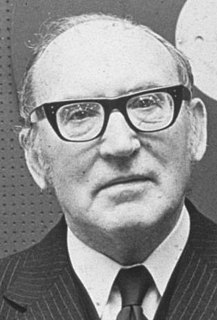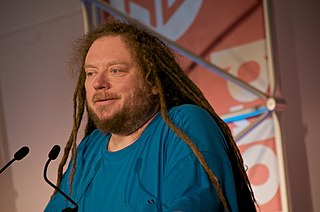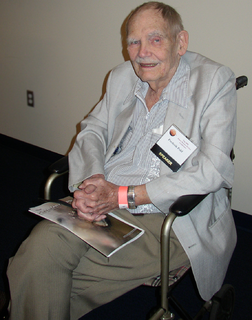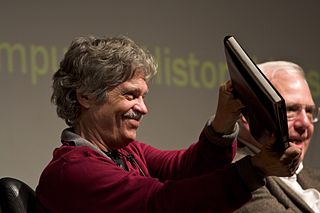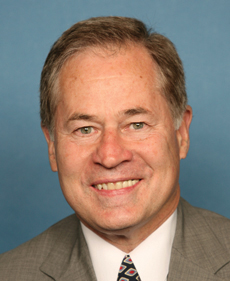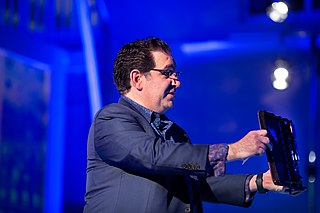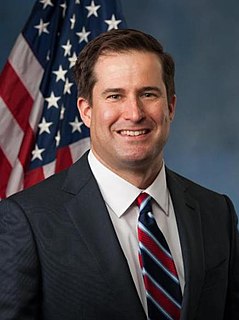A Quote by Maurice Wilkes
Professor Wilkes is best known as the builder and designer of the EDSAC, the first computer with an internally stored program. Built in 1949, the EDSAC used a mercury delay line memory. He is also known as the author, with Wheeler and Gill, of a volume on "Preparation of Programs for Electronic Digital Computers" in 1951, in which program libraries were effectively introduced.
Related Quotes
The only way for errors to occur in a program is by being put there by the author. No other mechanisms are known. Programs can't acquire bugs by sitting around with other buggy programs. Right practice aims at preventing insertion of errors and, failing that, removing them before testing or any other running of the program.
Until I reached my late teens, there was not enough money for luxuries - a holiday, a car, or a computer. I learned how to program a computer, in fact, by reading a book. I used to write down programs in a notebook and a few years later when we were able to buy a computer, I typed in my programs to see if they worked. They did. I was lucky.
After graduate school, I joined Johnson & Wales University in Rhode Island as an assistant professor, but I continued to program in addition to teaching and working on research. I built a program that crawled job boards to determine which skills employers value, which helped Johnson & Wales explore ways to improve its curriculum.
